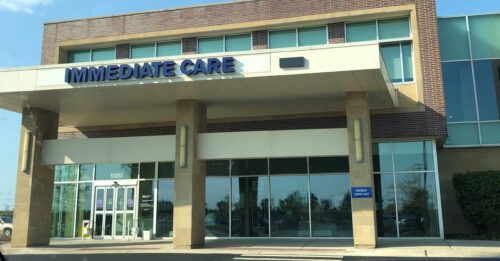Lighting Systems Index Stalls, Slumps, National Lighting Bureau Reports
Second-quarter 2010 Lighting Systems Index performance was 0.3% below first-quarter 2010 results.
The modest but encouraging, steady growth exhibited by the NEMA Lighting Systems Index (LSI) since the third quarter of 2009 has come to an end, the National Lighting Bureau (NLB) reports: Second-quarter 2010 LSI performance was 0.3% below first-quarter 2010 results.
Established in 1998, NEMA’s LSI is a composite measure of lamps, luminaires, ballasts, emergency lighting, exit signs, and other lighting products shipped nationally and internationally from the United States by the 450 companies that comprise the National Electrical Manufacturers Association (NEMA). Adjusted for the season and inflation, the Index uses 2002 data for its 100-point benchmark. View it at www.nlb.org/Index/.
“Three months ago we had every reason to be optimistic about a sooner-rather-than-later turn-around, given nine consecutive months of LSI growth,” Bureau Executive Director John Bachner said. “While we of course remain optimistic about the future, it will take longer for that optimism to be validated.” Bachner noted that lighting equipment sales are driven principally by new residential and commercial construction. “Both those markets are fairly anemic right now and they’re likely to remain that way for perhaps as much as another year, if not longer.”
Brian Lego, NEMA’s director of economic analysis, concurred, noting that “any
appreciable growth in commercial or industrial construction activity is not expected for at least several more quarters, especially since most of the major income property markets are still saddled with a large volume of vacant or underutilized space. On the residential side of the market, housing starts were volatile during the winter and spring months, thanks to the federal homebuyer tax credit. But demand for new homes has regressed to levels near historical lows following expiration of the tax-credit program. As a result, residential lighting demand is expected to remain weak for the foreseeable future as the housing market continues to cope with falling prices, tight lending standards, and a feeble rate of job growth.”
Bachner noted that commercial lighting “should be less affected by new construction, given the vast amount of obsolete, expensive-to-operate commercial and industrial lighting systems that need to be upgraded or replaced, and the array of incentives to modernize.” Some of these incentives come in the form of federal tax breaks and state and utility partial-cost underwriting. Others take the form of savings nonresidential-building owners can derive through energy and demand cost reductions, as well as the productivity, safety, security, retail sales, and building value improvements associated with enhanced lighting quality. “Some of the carrots that can be applied to lower the cost of upgrading and replacement will not be around that much longer,” Bachner said, “because sticks are in place, too: It will soon become almost impossible to maintain lighting systems that use the most outdated technologies, like T12 fluorescent lighting, because it’s no longer legal to manufacture or import key parts. Why incentivize people to do that they’ll be required to do no matter what? Right now, an investment in high-quality, modern lighting is probably one of the most cost-effective investments any business could make.”
Do you have experience and expertise with the topics mentioned in this content? You should consider contributing to our CFE Media editorial team and getting the recognition you and your company deserve. Click here to start this process.



